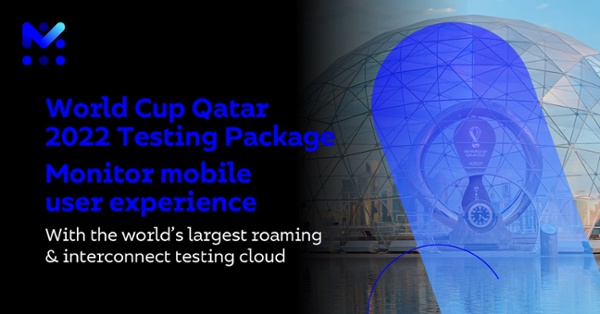The world’s most prestigious football tournament in Qatar is set to be the most expensive FIFA World Cup in history. Current estimates indicate that the upcoming event will cost the Gulf country approximately US$220 billion, about 60 times the $3.5 billion spent by South Africa in 2010. More recent FIFA events costed respectively $15bn in Brazil 2014 and $11.6 billion in Russia 2018.
Fueled by its long-term planning and transformation efforts, Qatar, one of the richest nations in the world, promises to exceed the expectations around an event of this magnitude by investing in technology, intelligent all-round infrastructure and transport, and next-generation city solutions, including its first-ever smart city – Lusail. For the tournament, seven of the eight smart, energy-efficient, and green-designed venues were built from scratch, and the other one was extensively redeveloped. Furthermore, investments include dynamic and flexible, state-of-the-art communication technology that provides connectivity to an ultra-high-speed reliable network to deliver nothing less than an outstanding experience for the series of games.
During the World Cup, the 2.5 million Qatari population will see an unprecedented 52% increase, with 1.5 million fans attending the event. A global tournament of this nature will result in the concentration of people connecting to the mobile networks around the eight venues sharing pictures and videos, keeping in touch with friends and family, streaming data, feeding their social media, making payments and transactions online, etc. In addition to the overall increase in the volume of connections, Qatar will witness the unusual movement of masses of people to clustered areas, thus stressing the infrastructure. Bandwidth issues, latency, jitter, packet loss, retransmissions, collisions, and unneeded or misconfigured traffic usually result in network congestion and low-quality connectivity or no connectivity at all. Previously, a nightmare scenario experienced by an MNO during the World Cup 2018 in Russia resulted in immediate social media repercussion from raging fans and subscribers unable to access services. Such incidents usually have a huge impact on the operator’s reputation that could take years to recover. Noteworthy, roamers in World Cup events typically belong to high or very high ARPU categories, including a significant number of VIP customers, many in Chief Office positions, government, public figures, and famous influencers, whose experience might impact big accounts.
To address the unparalleled stress on their infrastructure, Qatar’s mobile networks Ooredoo and Vodafone have made substantial investments to cope with the inevitable swell in mobile usage per user during the championship and avoid steeper declines in the mobile experience. Concurrently, to gauge the readiness of their networks and how their roaming partners will behave during an event of this proportion, MNOs worldwide must implement strategies that allow them to zoom into the quality of their services well before the World Cup. Mobile operators should take proactive actions and promptly establish more effective partner agreements that guarantee connectivity and speeds for the best quality of service and customer experience also during peak hours (1 pm and 10 pm AST) when games, including the kick-off, will be played and aired.
Probes placed in strategic locations loaded with real traffic to simulate the network behavior enable operators to detect issues and failures, identify bottlenecks and service degradation, anticipate potential escalation, and be prepared to take action. Moreover, resulting KPIs provide an in-depth view of the quality of essential services, connectivity, speeds, network performance, and the behavior of all technologies such as VoLTE and 5G, which undeniably demands more testing capacity. Numerous operators will launch new services, plans, and 5G agreements for the World Cup, making it key to employ an effective active roaming testing solution to guarantee their success. In addition to the traditional roaming KPIs (speed, latency, LU success rate, call accessibility, SMS Mo and Mt, call setup, call connect, SMS submit, data access, MOS and CLI, SMS E2E duration and success, SMS bill shock, WSMS reception, and voicemail) ensuring the steering policy is applied based on the established configuration is critical. This warrants the smooth latch onto the proper roaming network, the reception of the welcome SMS containing emergency numbers and the government support contacts, the roaming tariff, etc.
Another benefit of implementing a roaming testing tool specifically designed for the upcoming competition is the ability to maintain regular QoS campaigns undisturbed, guaranteeing there is no impact or reduction of test units usually dedicated to the annual roaming monitoring. It also enables a very objective benchmarking of roaming providers, allowing mobile operators to manage their roaming partnerships easily and proactively for a desirable quality of experience in Qatar. Furthermore, an exclusive end-to-end visibility throughout the event with dashboards and reports allows operators to update their internal customers and stakeholders, such as customer care and upper management, as well as marketing and press to improve the brand image, an opportunity to prove their full commitment to the best customer experience.
Ensuring visitors have a seamless mobile service experience during the Qatar World Cup in November is crucial for any mobile operator willing to score high in the roaming game. Implementing the right testing strategy will be decisive.



Let Us Know What You Thought about this Post.
Put your Comment Below.